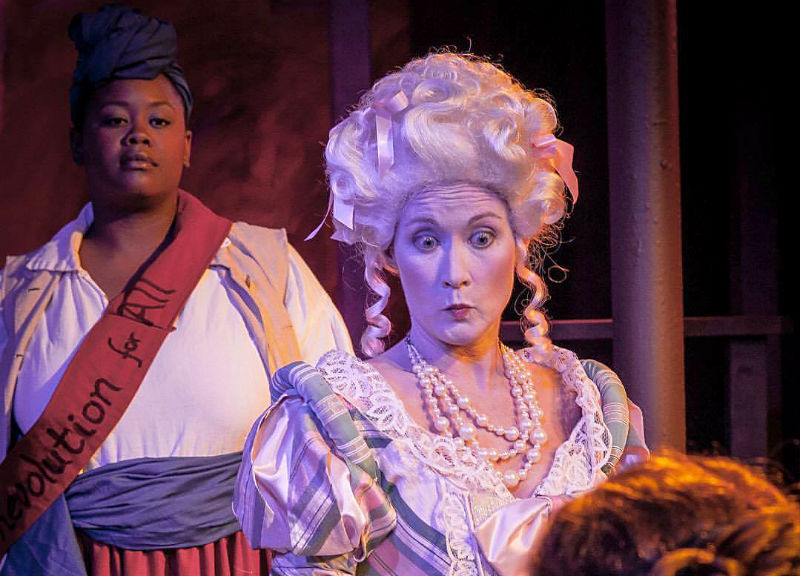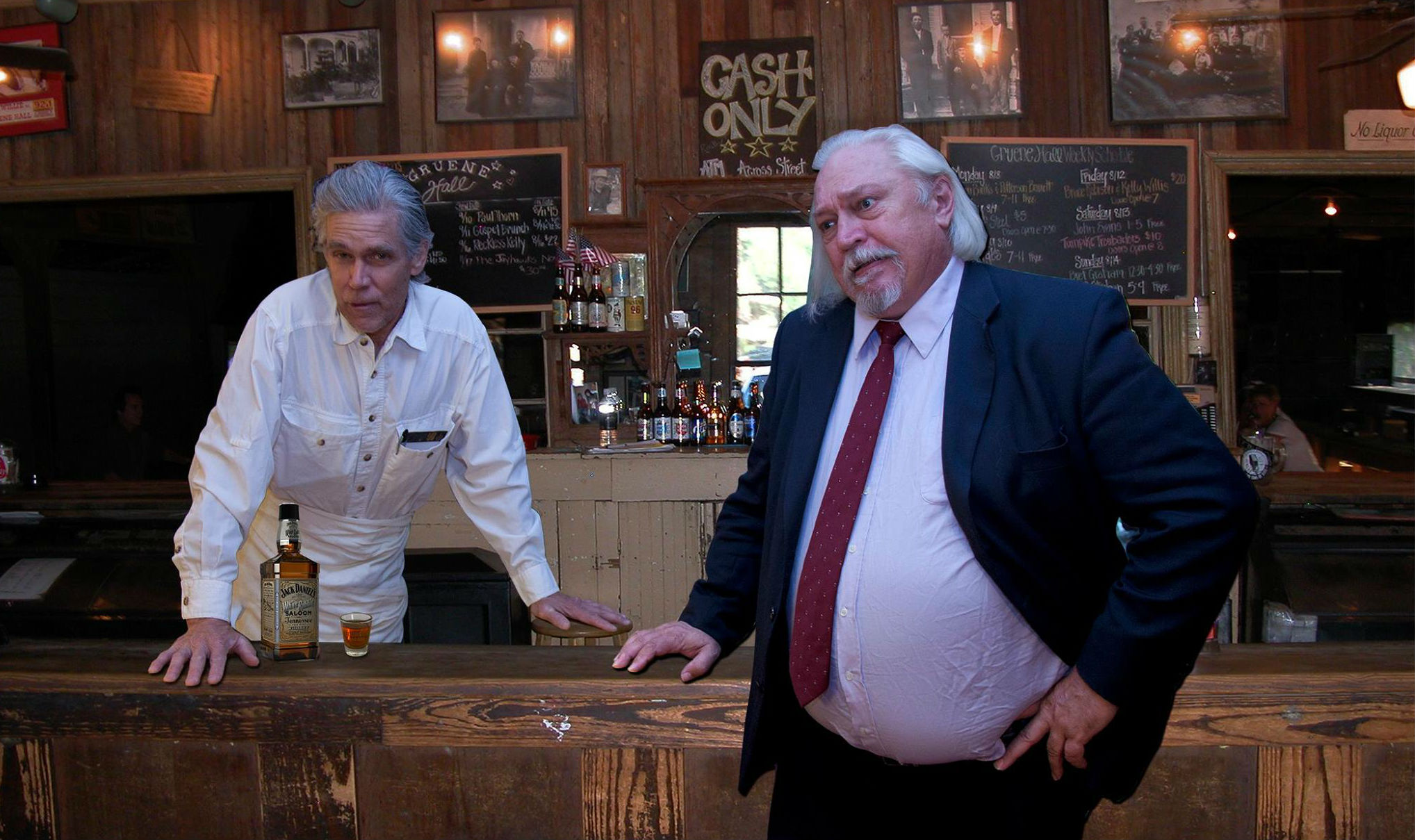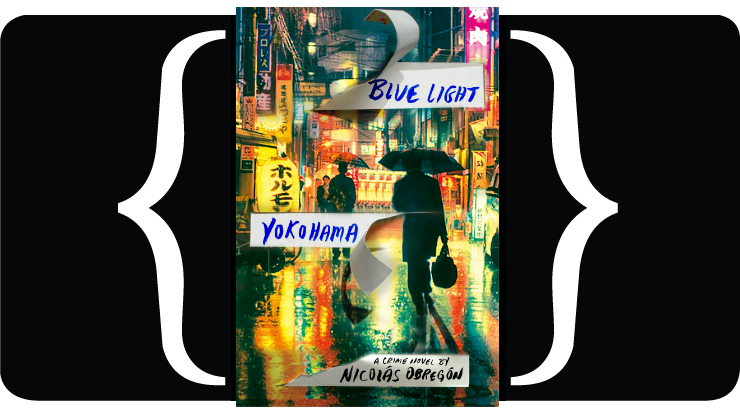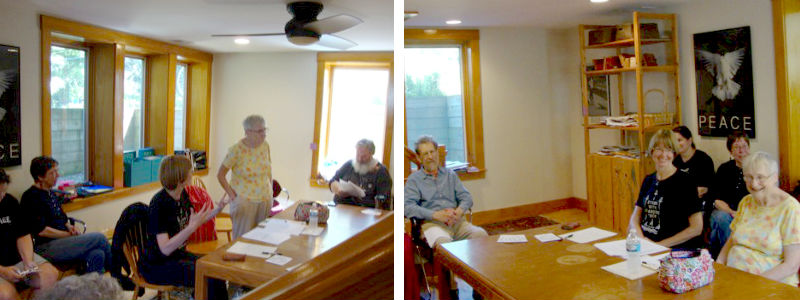Fabulous Fiction Firsts #651

Fabulous Fiction Firsts #651
Marin County, across the Golden Gate Bridge from San Francisco, is one of the swankiest locales in the United States. Yet it is there that this gem of a contemporary western The Last Cowboys of San Geronimo * by Ian Stansel is set.
Brothers Frank and Silas Van Loys, the best horse trainers in San Geronimo and former partners in the ranching business, have been feuding for years: drunken brawls, nasty pranks, poisoning each other's livestock, and they are not above shooting each other, often for nothing more than a Stetson hat.
Author Events: September 2017

What does having an amazing university, a plethora of fantastic local independent bookstores, and a pretty slam-bang public library system (if we do say so ourselves) bring to a town?
Authors. Lots and lots of authors.
In fact, so many authors pass through the area that sometimes it can be hard to keep track of who is speaking and when and where. To help guide you, Pulp curated a highlights list of September 2017 author events.
Nature's Way: Chris Bathgate's "Dizzy Seas" is simultaneously ethereal and earthy

The release of a new Chris Bathgate album is a major occasion for fans of great songwriting and enticing sounds -- especially in Michigan, where he has strong ties.
He released the Old Factory EP last year, but this spring’s Dizzy Seas is Bathgate’s first full-length album since 2011’s acclaimed Salt Year. (All came out on the Ann Arbor-based Quite Scientific label.) The songs on Dizzy Seas are as strong as ever, presented in a sound that’s simultaneously rich and stripped down. And although Bathgate now lives in California, Michigan has definitely left an impression.
He agreed to answer a few questions via email about the new record, the themes of his songs, and Michigan music.
Heads Will Roll: Theatre Nova's "The Revolutionists" is equal parts comedy and tragedy

The Revolutionists takes place in 1793, during the French Revolution and the start of the Reign of Terror. But Theatre Nova's production of Lauren Gunderson’s play is remarkably fresh and relevant today. The characters’ language and mannerisms are entirely present-day, and the four strong women the play portrays are fighting for freedoms that many women, racial minorities, and the disenfranchised still do not enjoy even today.
Even though The Revolutionists is set during one of the most horrifying periods in history, and it’s clear that not enough has changed about these issues since then, the play is far from a downer.
It is, in fact, mostly a comedy.
And what a premise for a comedy.
Truth in Dares: Sherry Stanfa-Stanley, "Finding My Badass Self" at Literati

When one of the main things you know about someone is that she visited a nude beach, participating fully, with her mother, it is extremely difficult not to imagine that person naked.
You might as well surrender.
On Friday, August 24, Sherry Stanfa-Stanley came to Literati to read from and answer questions about her book Finding My Badass Self: A Year of Truths and Dares. I had read part of the book; a light and funny read that chronicles her quest to, in her 52nd year, try something new each week. I hadn’t quite expected to be, based on appearances, the youngest person in the room with the exception possibly of bookstore staff and my 13-year-old son. As we waited for the event to begin, I examined Stanfa-Stanley, and overheard her say casually, “No one expects perfection out of me.”
Joshua Davis showcased new songs and old favorites at Sonic Lunch

Joshua Davis keeps getting better.
Thursday’s Sonic Lunch show by the longtime Michigan singer-songwriter mixed some old favorites, some cool covers, and some songs from his upcoming album, The Way Back Home. And while the music was great throughout, the new songs were the ones that really stood out.
The musicianship was impeccable. Davis’ guitar playing has become more ambitious over the years, and he handled several intricate solos with aplomb. And, following his successful run on The Voice a couple years back, his singing seems deeper and richer.
PTD’s "Anatomy of a Murder" features iconic UP setting, still relevant themes

John Voelker -- a defense lawyer, prosecuting attorney, and Michigan Supreme Court Justice -- brought legal credibility, unusual frankness, and a down-home Upper Peninsula sensibility to his landmark novel Anatomy of a Murder (under the pen name Robert Travers).
Director Otto Preminger and screenwriter Wendell Mayes brought those qualities to the 1959 film version, shot in and around Marquette. The film was nominated for several Academy Awards including best picture and best actor for James Stewart.
PTD Productions in Ypsilanti is presenting a later stage version by Elihu Winer. Winer’s plodding version eliminates some major characters and key plot points and makes little of the UP atmosphere that is a central feature in Voelker’s novel and Preminger’s stark black and white location photography. This is a wordy, condensed version, though still set in the deeply rural 1950s UP.
Fabulous Fiction Firsts #649 & #650

Fabulous Fiction Firsts #649
With the melancholic lyrics of one of Japan's top singles threading through the narrative of Blue Light Yokohama * *, debut novelist Nicolás Obregón introduces Inspector Iwata in an atmospheric and hauntingly beautiful series opener. The story was inspired, in part, by an actual unsolved crime in 2000.
A2CAF 2017: Ben Hatke interview at AADL
Downloads:
➥ 720p Video
➥ MP3
During the Ann Arbor Comics Art Festival -- aka A2CAF -- in June, cartoonist Jerzy Drozd interviewed his fellow author-illustrator Ben Hatke about his work. The two were on the third floor of the downtown branch of the Ann Arbor District Library, standing in front of the framed works that comprise the exhibition Ben Hatke: Art and Adventure:
Explore the plucky heroes, eerie monsters, and fabulous realms of artist and author Ben Hatke in an exhibition of original art from his picture books and graphic novels. Illustrations and watercolors from Nobody Likes a Goblin, Zita the Spacegirl, Julia’s House for Lost Creatures, and a few surprises. (The exhibition runs through August 31.)
The talk between Drozd and Hatke runs 41 minutes. Pressed for time? Grab the MP3; the conversation works fine as a podcast. Or if you want to skip around, see the list below with the topics discussed and their times in the video/MP3:
Telling Tales: WordFest Two celebrates a multitude of storytelling arts

What do the performers and writers for WordFest Two -- "a spoken word variety show, (with) original works by local wordsmiths" -- have in common? A limited investigation revealed overlapping histories that include performing on an Ann Arbor Civic Theatre stage, participating in the Ann Arbor Storyteller's Guild (AASG), or having written, then recited, poetry in public, doing improvisation, or producing small theater events.
Although the performers come from varied backgrounds, they all seem to have one thing in common: the desire for a live audience, which WordFest performers will get August 25 and 26 at Ann Arbor Civic Theatre (AACT).
"Live performance is about communicating -- sharing with the people in the room," says Catherine Zudak, one of the participants with extensive theater experience. "With film -- I've been in films, it's completely different. You lose a lot of intimacy. Facebook, YouTube -- it's like candy. Not very nourishing."


































